Kyoto’s Geisha District Says ‘No More Tourists’
Japan’s geisha district has been a popular tourist spot for many years and hosts many visitors from all over the world.
But that may be no longer the case, as Japanese officials have started putting up signs banning tourists from certain areas of the geisha district.
The Geisha District Is in Kyoto, Japan
The famous Japanese geisha district is based in the ancient capital of Kyoto.
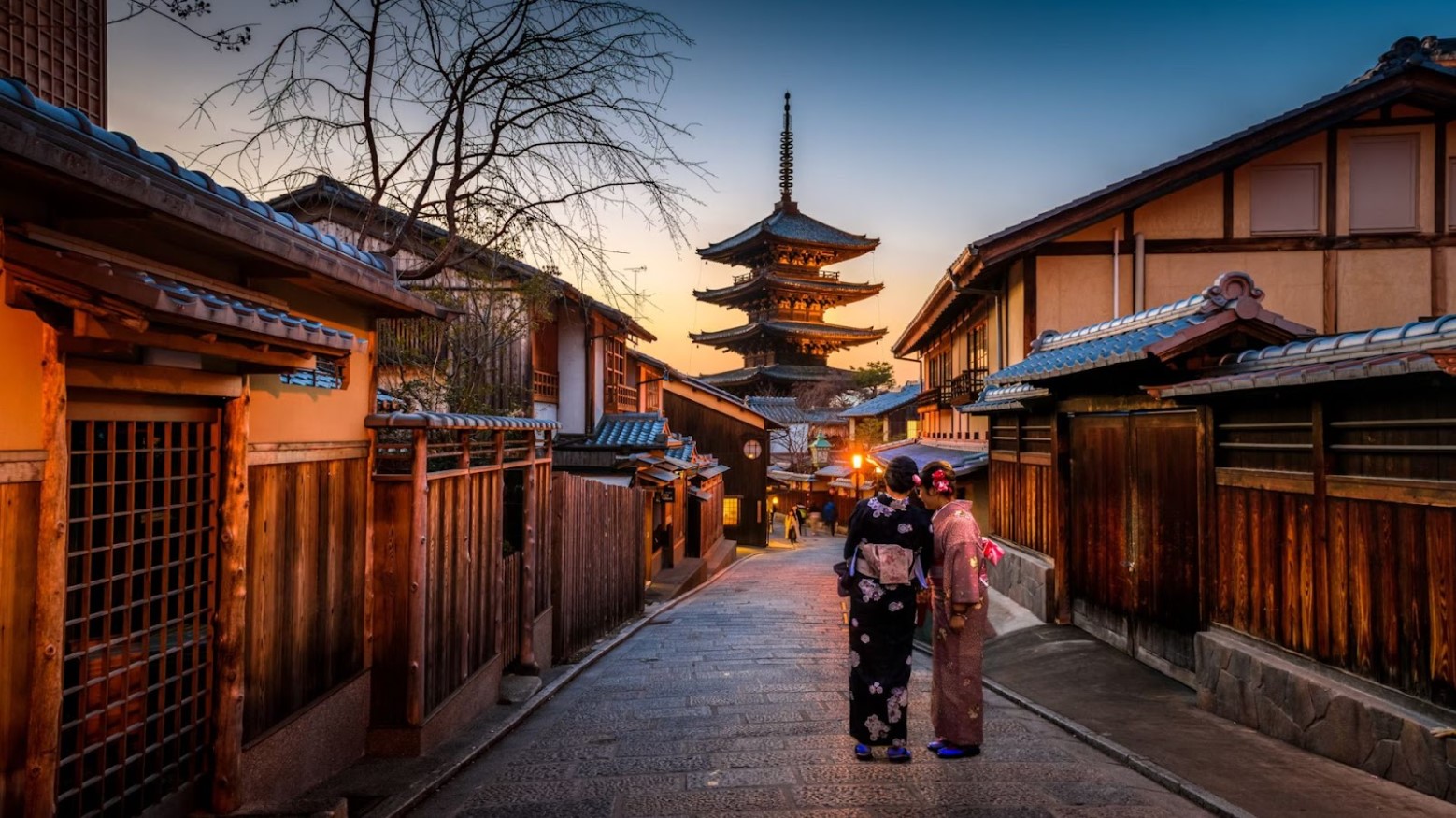
Source: Sorasak/Unsplash
Japan Guide states that while the area has plenty of shops, restaurants, and teahouses, it is most known for its performances by geishas.
Geishas Became Popular in the 18th Century
Kyoto may be one of Japan’s ancient cities, but geishas didn’t appear until the 18th century.

Source: Rijksmuseum/Wikimedia Commons
Male geishas were the first to come into existence, with female geishas following suit 20 years later. Toki explains that the geishas were originally assistants to the Oiran, high-class, and all of the expensive Japanese courtesans.
Japan Has Seen a Rise in Tourists
The COVID-19 pandemic put a stop to domestic and international travel, but the years after meant that more people were keen to see the world.
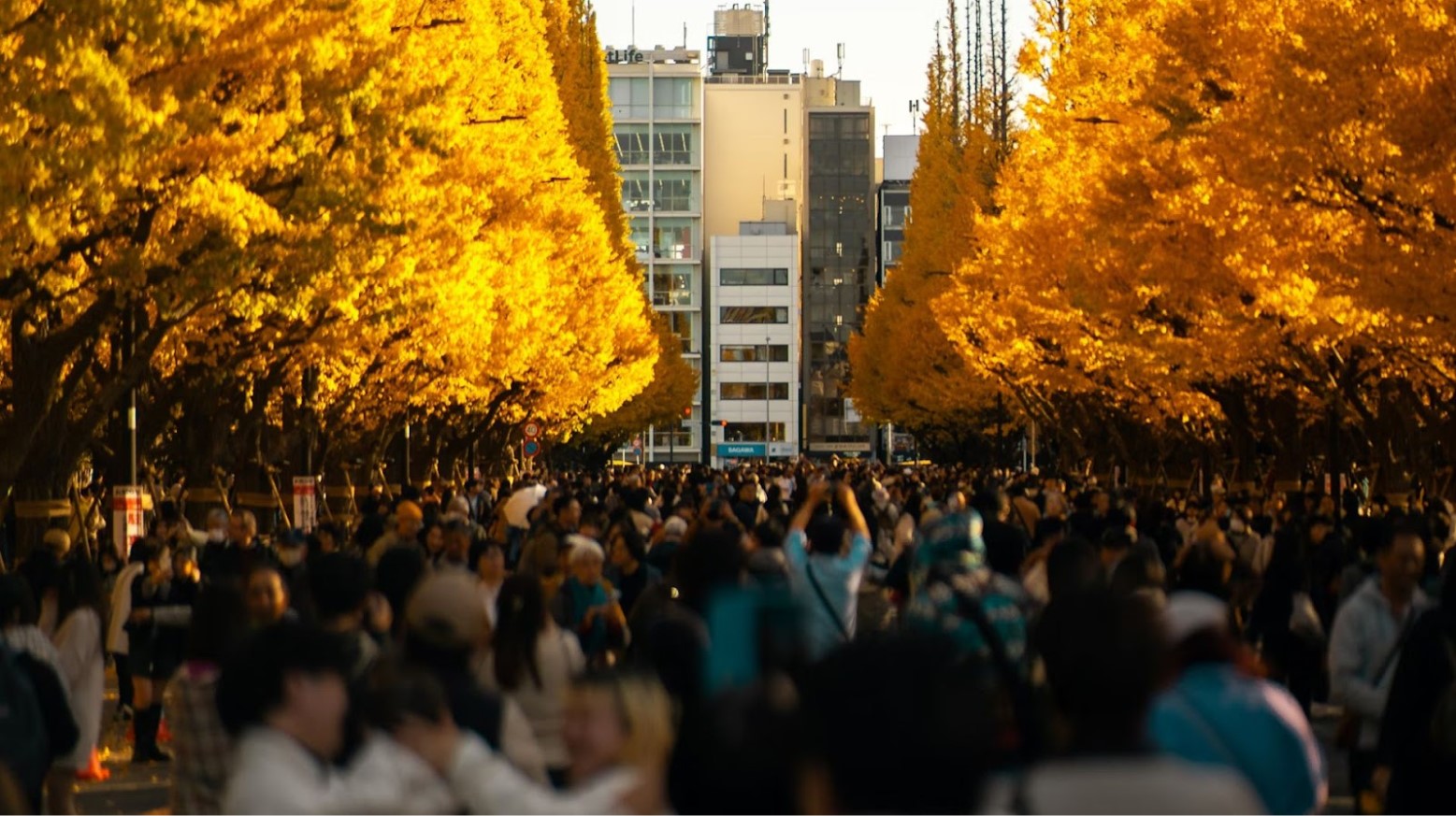
Source: Szymon Shields/Unsplash
The Guardian reported that Japan had seen a dramatic increase in the number of tourists they were receiving — a stunning 25.8 million. But with that came many anti-social behaviors, such as littering.
Tourists Have Been Inappropriate Toward Geisha
Some tourists have been banned from the geisha district due to exhibiting inappropriate behaviors toward geisha.
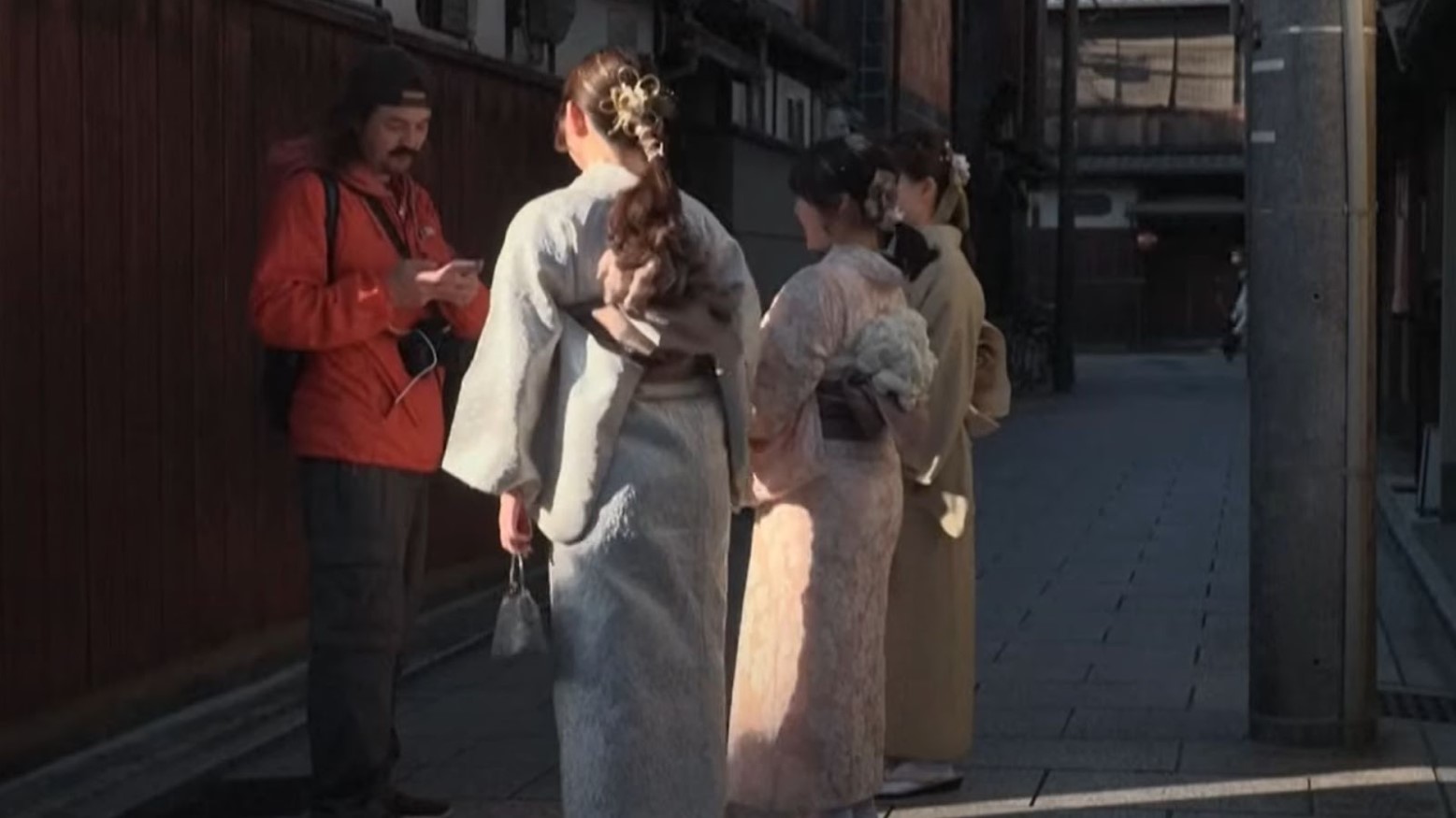
Source: South China Morning Post/YouTube
According to The Guardian, some tourists have reportedly been getting up close and personal with the geisha by touching their kimonos and even trespassing on private property.
The Geisha District Is Not a Theme Park
Sky News has reported that the local council has warned tourists that they shouldn’t be treating the geisha district like a theme park.
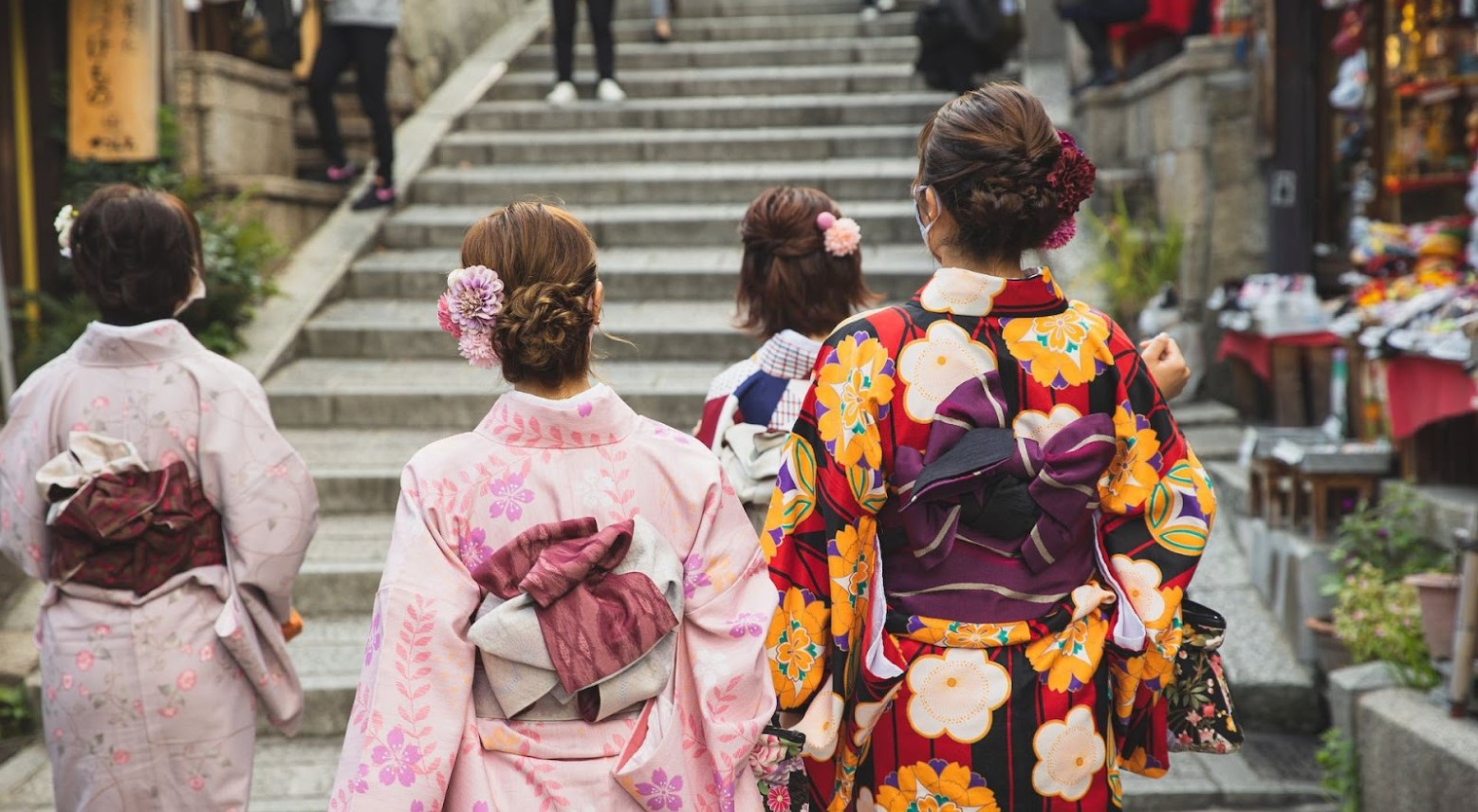
Source: Ryutaro Tsukata/Pexels
This comes down to tourists believing they can enter any area of the district, which has resulted in locals and geishas being treated inappropriately and feeling uncomfortable in their own homes.
Tourists Will Be Blocked from the Geisha District in April 2024
According to The Los Angeles Times, the ban on tourists from some areas of the geisha district will take effect in April 2024.
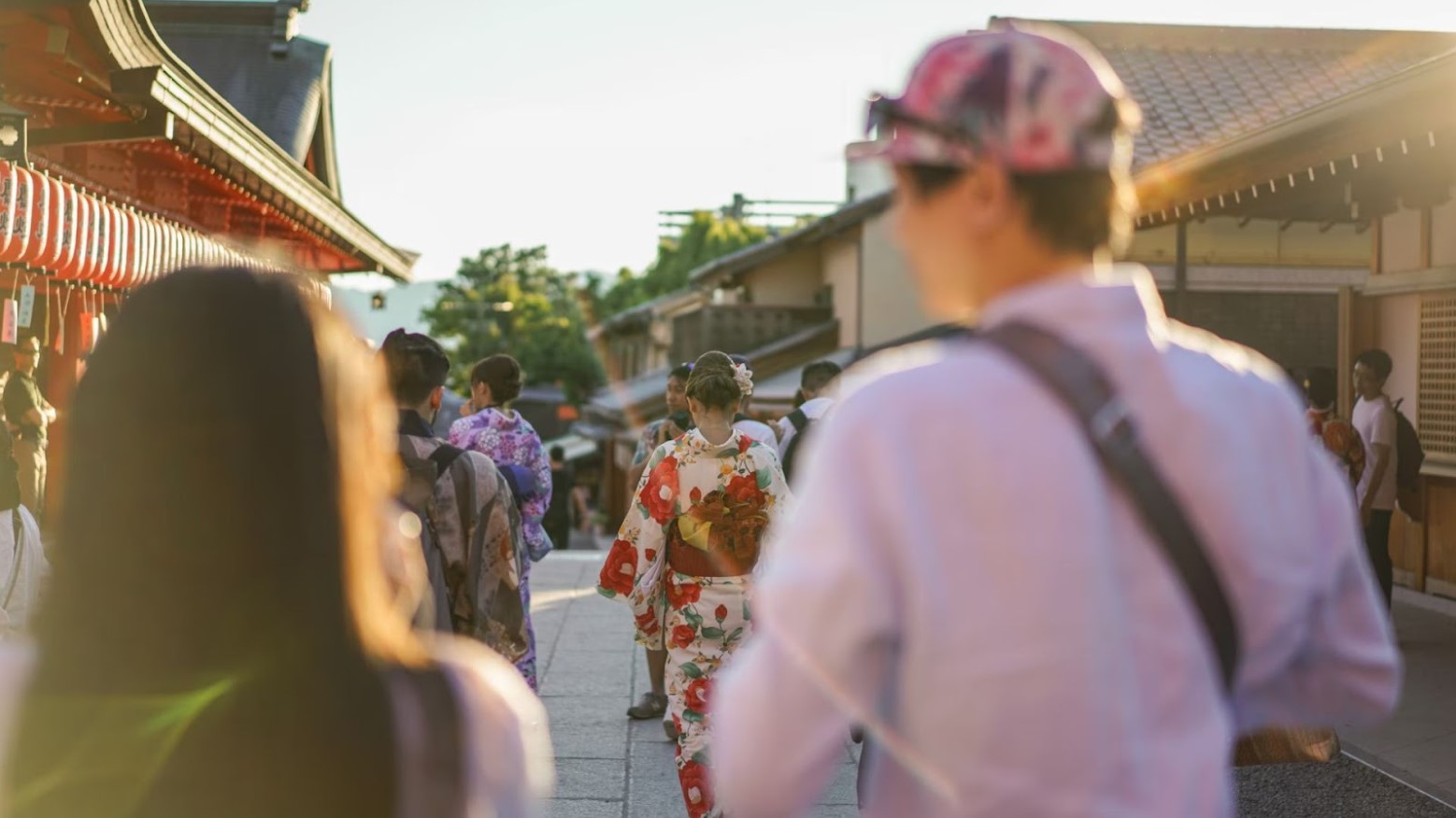
Source: Graham Powell-Wood/Unsplash
This ban is coming into effect due to poor behavior by tourists, with locals complaining that they are taking over areas that they feel tourists shouldn’t be allowed to enter.
Tourists Will Be Fined 10,000 Yen
If tourists fail to comply with the signs, which state tourists aren’t allowed to enter certain areas, they will be fined.
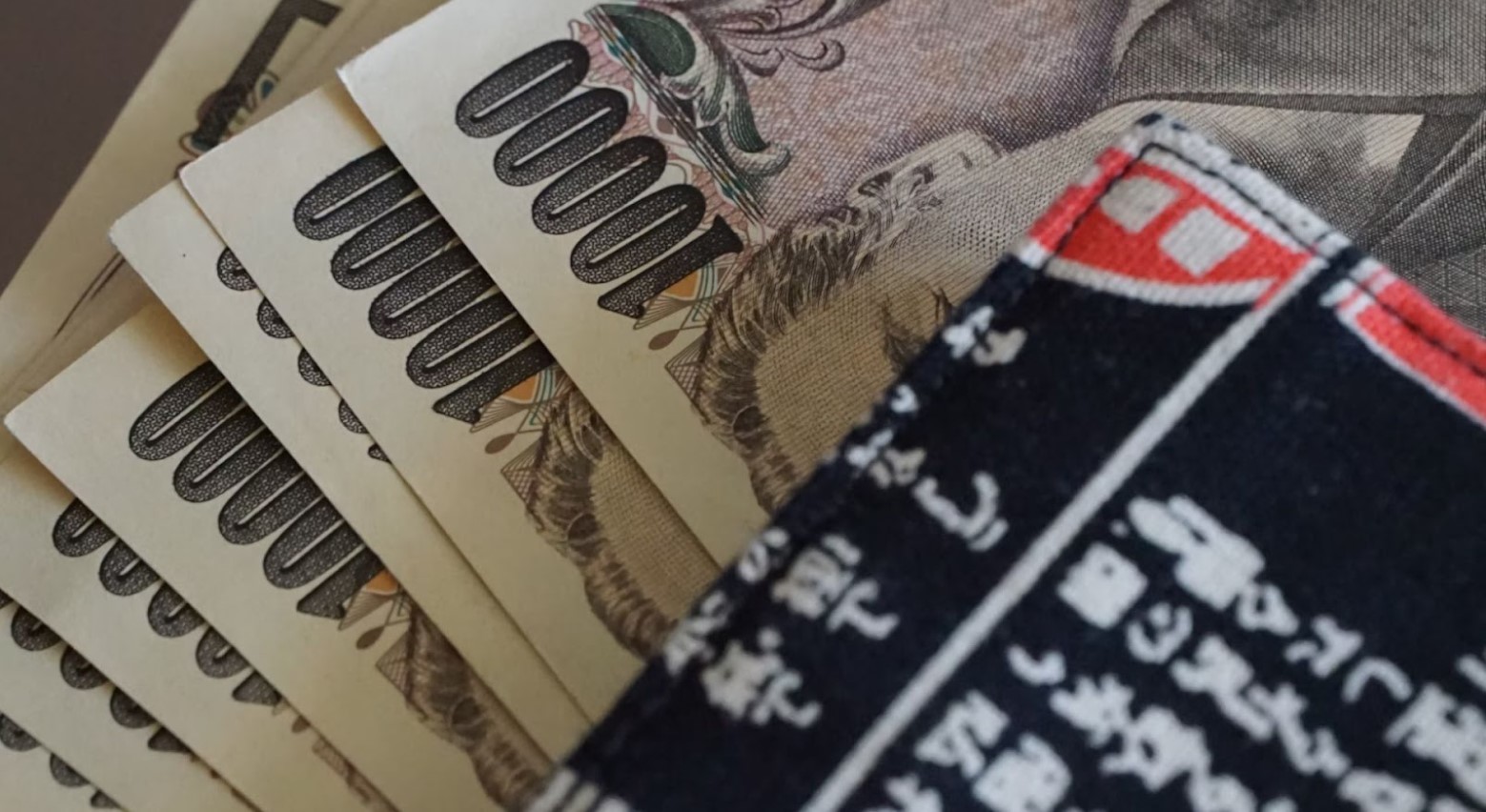
Source: Jun Rong Yoo/Unsplash
The fine will be 10,000 yen, which equates to $70, and will be applied to anyone who happens to wander down any private roads that state “no entry.”
Tourists Can Still Access the Main Streets
Despite not being able to access the private streets of Kyoto, they will still be able to access the main streets.
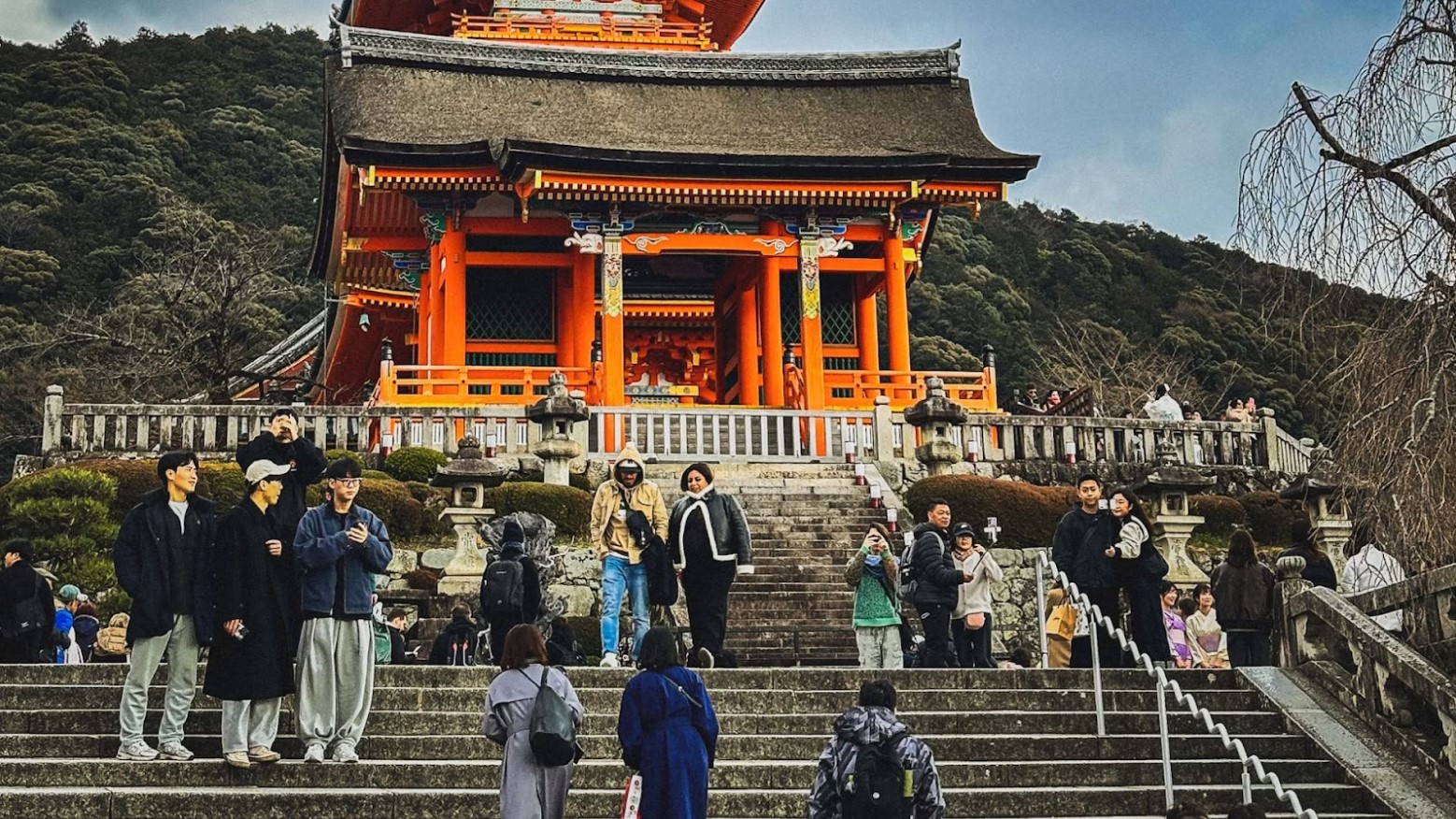
Source: Apollo/Unsplash
This means that tourists will still be able to visit the geisha district, but will just have to keep out of a few private areas.
Previous Efforts Have Not Worked
These new measures, which will take effect in April 2024, follow previous efforts by the Kyoto government to prevent tourists from exhibiting anti-social behaviors.
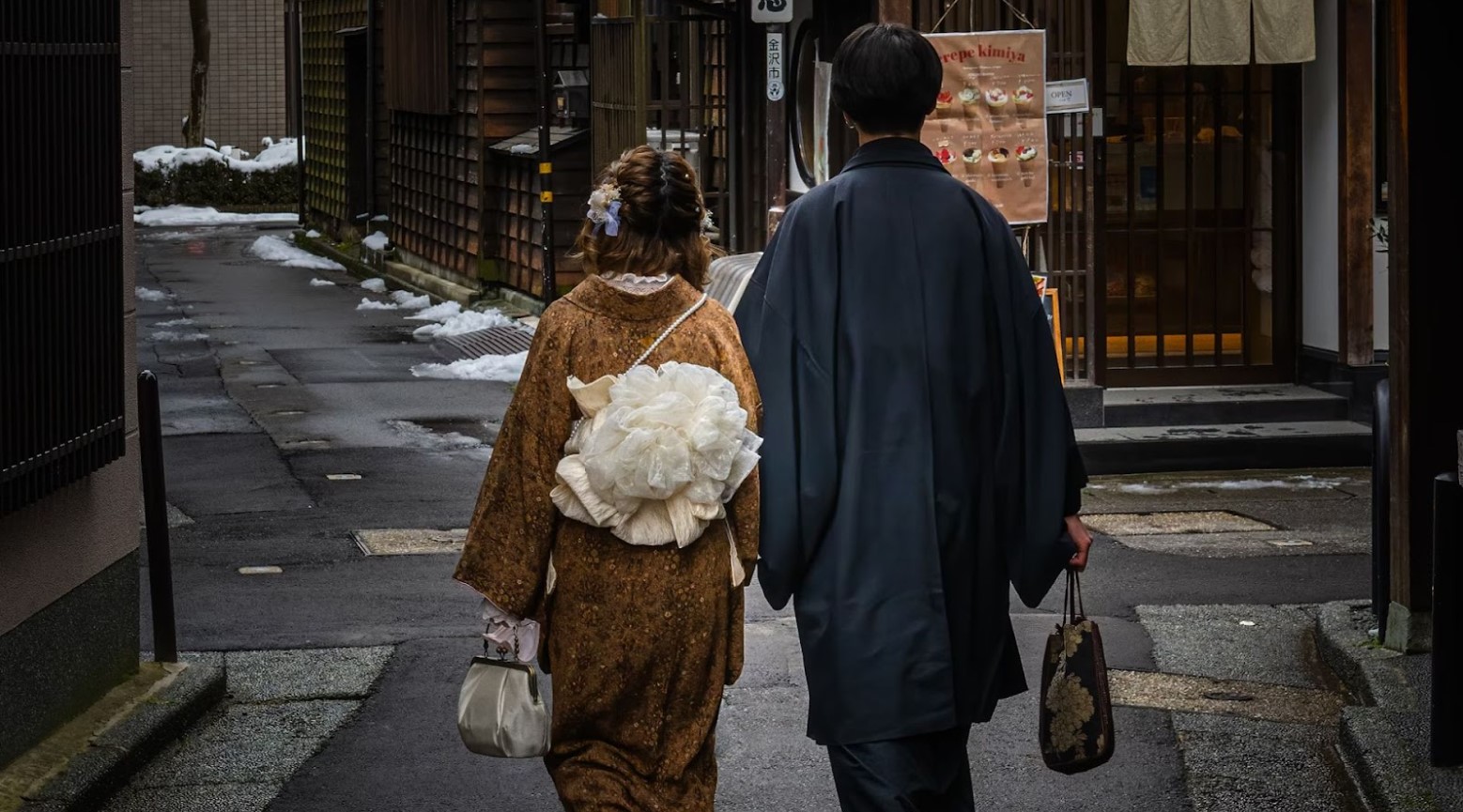
Source: pen_ash/Unsplash
This included fining those who were taking photos of geishas and private areas without consent; however, according to Time Out, this hasn’t stopped tourists from causing a disturbance.
Overtourism Is Being Fought in Other Ways
Due to the significant increase in tourists entering Japan, the government has implemented other measures to try to combat this.
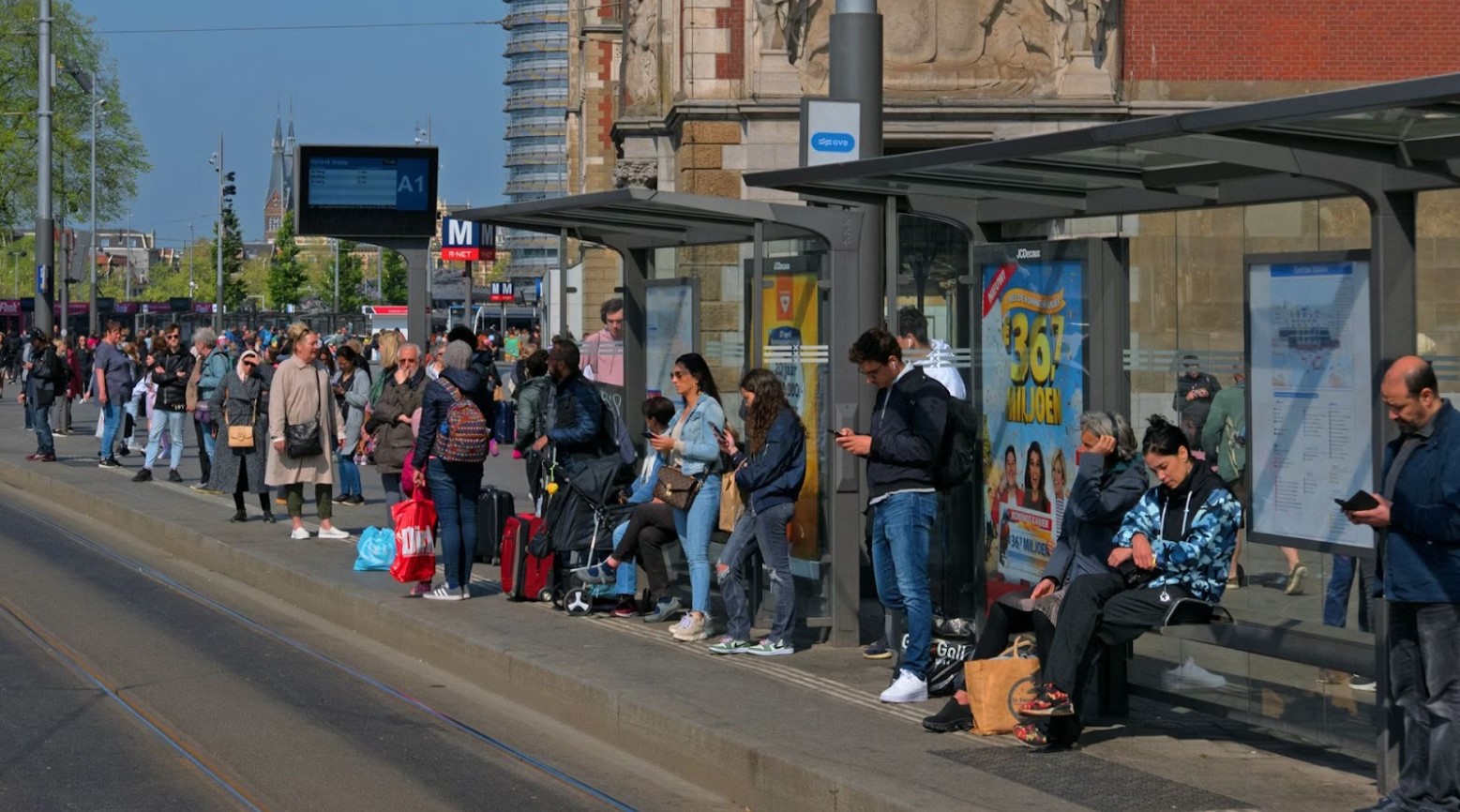
Source: Fons Heijnsbroek/Unsplash
This includes putting a stop to the bus one-day pass, which provided cheap travel. However, Time Out has reported that it has led to excessive queues at bus stops, which prevents locals from getting to and from work.
The Signs Might Be Confusing
The signs will be in both Japanese and English, but many might find the wording confusing.
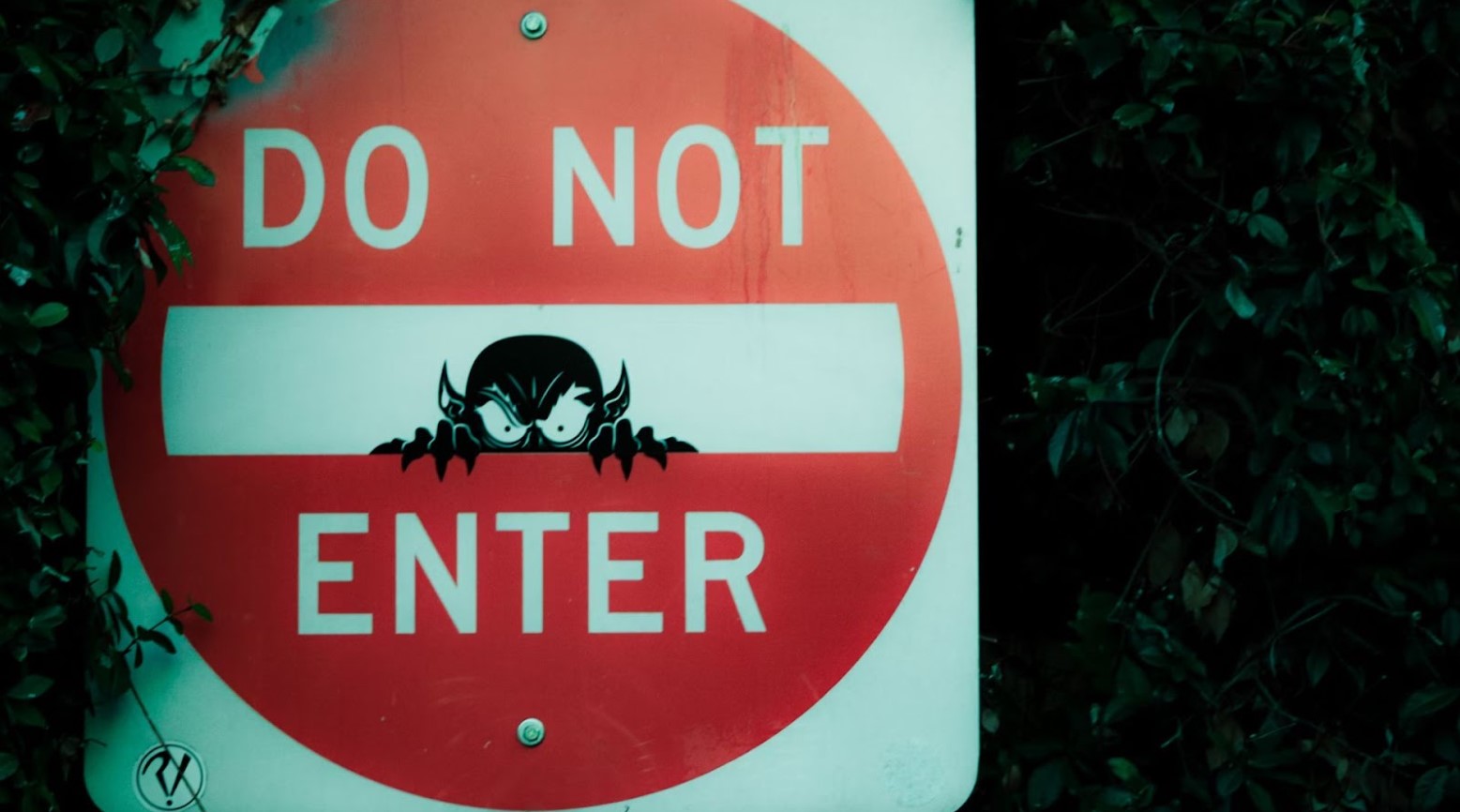
Source: Tech Nick/Unsplash
Euronews Travel has reported that signs will say, “This is a private road, so you are not allowed to drive through it.” However, when they say “drive,” it is aimed at pedestrians, as the wording actually means “pass through.”
